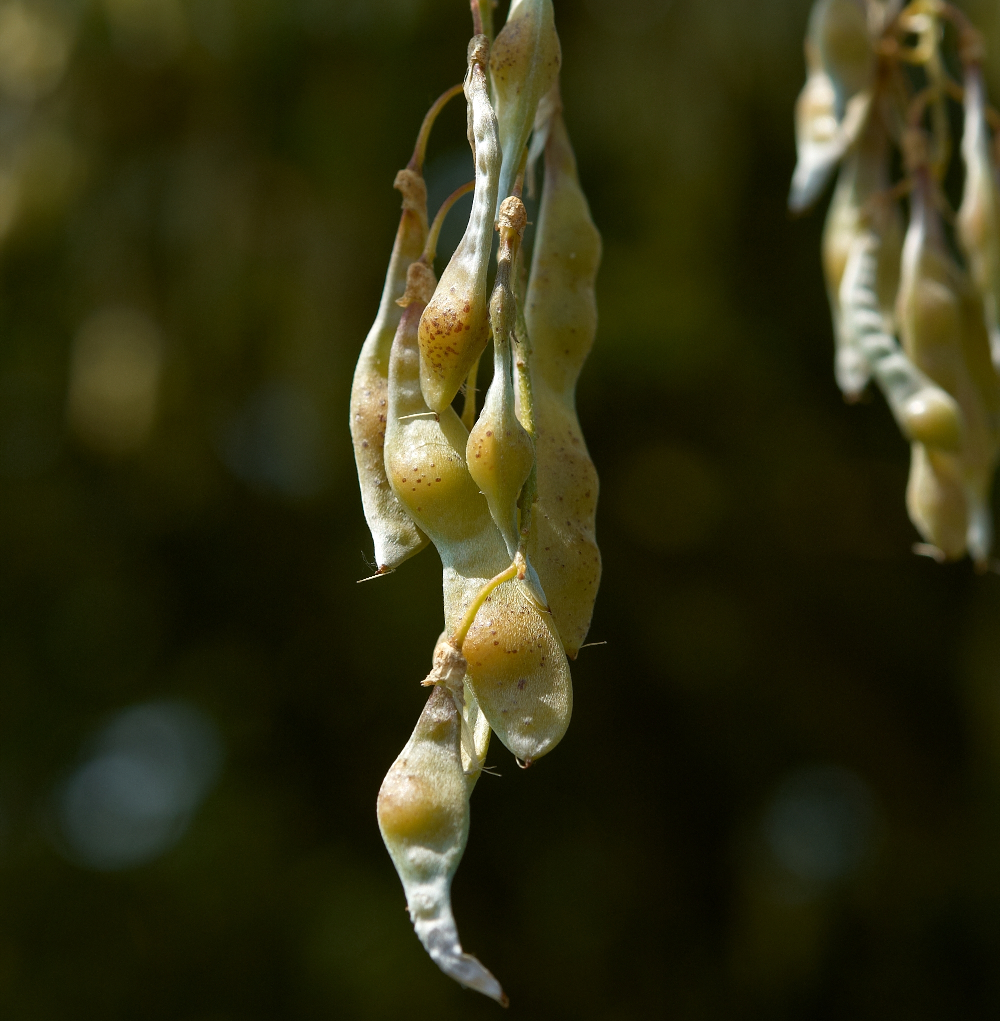Cytisine – Made From Natural Products – Approved for Treatment of Nicotine Addiction

In the mountains of southern Europe grows a tree called laburnum whose berries and seeds are highly toxic. Ingesting just a few berries or a handful of seeds can kill an adult human being. Perhaps the poisonous nature of laburnum is why its usefulness in treating nicotine withdrawal went under-studied for so long?
Laburnum seeds have been used in central and eastern Europe for more than 50 years as an aid to stop smoking. The first major meta-study on cytisine, a drug made from laburnum seeds, in 2006 lamented the lack of scientific research on a compound used for decades. Much research has since followed. This January, cytisine tablets will become available for prescription in the U.K. for the first time.
The Guardian‘s science editor, Ian Sample, reported on the breakthrough on the first day of 2024 in a helpful New Year’s story. He reports on a dozen randomized trials of cytisine in Argentina. The results are pretty remarkable:
Cytisine pills were more than twice as effective as the placebo at helping people quit smoking, the researchers found, while a number of the trials in the review suggested the drug was similar to varenicline and possibly more effective than nicotine replacement therapy.
Cytisine pills should be available by the end of January in the U.K. at a price point of about $150 for a 25-day course of pills. But there is more to cytisine than a stop-smoking aid. It should not be surprising that researchers are testing cytisine use for other addictions. A recent review in Pharmacological Research hints at the possibilities:
[…] pre-clinical studies have shown that its interactions with various nAChR subtypes located in different areas of the central and peripheral nervous systems are neuroprotective, have a wide range of biological effects on nicotine and alcohol addiction, regulate mood, food intake and motor activity, and influence the autonomic and cardiovascular systems.
Many of the posts here at AddictionNews have shown that multiple addictions travel the same neural pathways and have similar causes and treatments. Cytisine is considered “neuroprotective,” according to the authors, conjuring a wonderful image of a drug you can take that coats the neural receptors and shields them from harmful interactions.
The authors report that cytisine has been shown to reduce alcohol abuse relapse in experiments on mice. The drug improves cognitive function and memory retention in zebrafish. It is shown to be an antidepressant, though the authors state “the mechanism of cytisine’s antidepressant activity is not clear.”
The authors further report that cytisine is shown to reduce food intake and decrease weight gain in mice. In one blockbuster paragraph, the authors describe some of the possible future uses of cytisine:
Cytisine is a partial α4β2 agonist and, when given to animals, can decrease dopaminergic activity in the mesolimbic reward pathway, in which dopamine drives and maintains behaviours that perpetuate addiction to substances of abuse, and the consumption of sucrose, and alcohol. Consequently, cytisine may further contribute to weight loss by decreasing sugar consumption.
The variety of compulsive behaviors for which cytisine has shown promise in animal and human trials hints once again at the unified characteristics of all addictions and the promise of finding an effective way to manage any addiction.
Written by Steve O’Keefe. First published January 3, 2024.
Sources:
“Cytisine for Smoking Cessation: A Literature Review and a Meta-analysis,” Archives of Internal Medicine, August 2006.
“Smokers twice as likely to quit using cytisine, study finds,” The Guardian, January 2024.
“Cytisine and cytisine derivatives. More than smoking cessation aids,” Pharmacological Research, August 2021.
Image Laburnum × watereri, fruit A.jpg used under Creative Commons 3.0 license.





2 COMMENTS